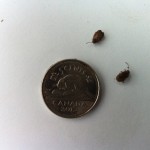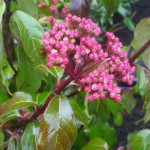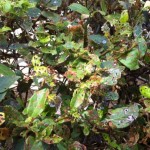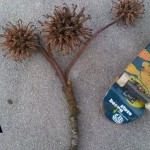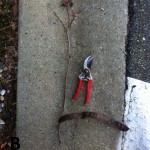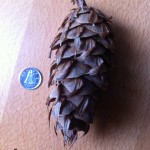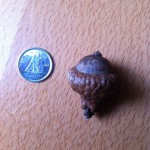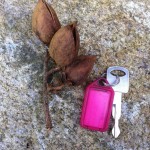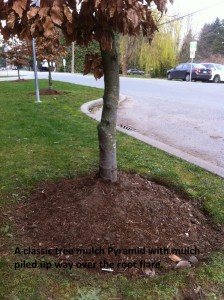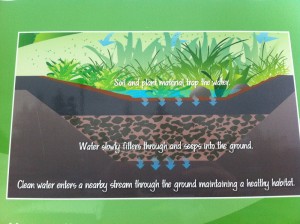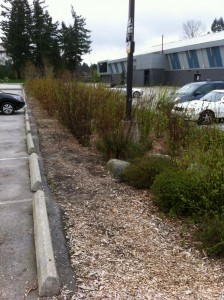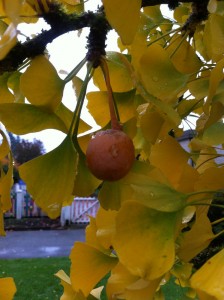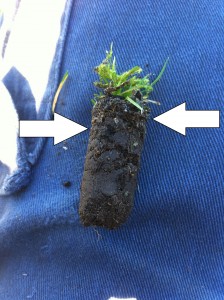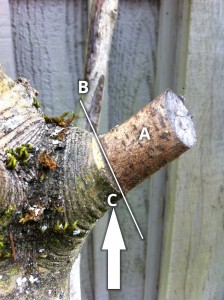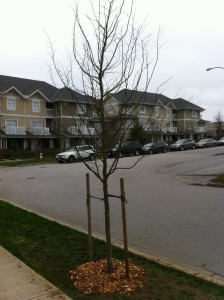Healthy Vuburnum tinus are great plants with fragrant pinkish white flowers. But sometimes your plants get attacked by the Viburnum leaf beetle ( Pyrrhalta viburni) in numbers and soon all you see is tons of holes in your leaves. The larvae attack in spring and adult beetles in late summer.
Now what?
The cheapest solution is to renovate the plants by cutting them back hard at the base and waiting for new growth to emerge. A more expensive but better long-term solution is to remove the plants and plant a more suitable substitute.


